Table of Contents
In the dynamic world of retail, customer engagement isn't just a buzzword; it's the lifeblood of your business. With Gartner stating that 38% of the brands lose customers due to low/poor engagement personalization efforts, it substantiates the need to develop strategies for customer engagement.
Every interaction with a customer is an opportunity to make a sale, build lasting relationships, and secure the loyalty that can propel your brand to new heights. The numbers don't lie: customer engagement is a game-changer. A research report by McKinsey & Company revealed that 71% of consumers want personalized interactions.
As per Gallup, an engaged customer will likely spend 23% more with your business than the average customer. These statistics highlight the immense power that effective customer engagement holds in the retail industry.
But here's the challenge: with the rise of e-commerce and the ever-evolving landscape of consumer preferences, engaging customers in the world of brick-and-mortar stores has become more crucial—and more complex—than ever before. Retailers must adapt and innovate to stand out in a crowded market.
In this comprehensive guide, we'll dive deep into the art and science of customer engagement in retail. We'll explore proven strategies, cutting-edge technologies, and real-world examples that demonstrate the impact of customer engagement on your bottom line.
Let's begin the journey to mastering the art of customer engagement in retail.
10 Ideas to engage customers in retail
Here are 10 ways to engage customers in retail, along with examples from companies that have successfully implemented them:
1. Personalized shopping experiences
Providing personalized shopping experiences involves tailoring products, recommendations, and marketing messages to individual customer preferences and behaviors. This approach creates a sense of exclusivity and makes customers feel valued and understood.
Amazon is a prime example of a company that excels in personalized shopping experiences. They use advanced algorithms to analyze customer browsing and purchase history to recommend products.
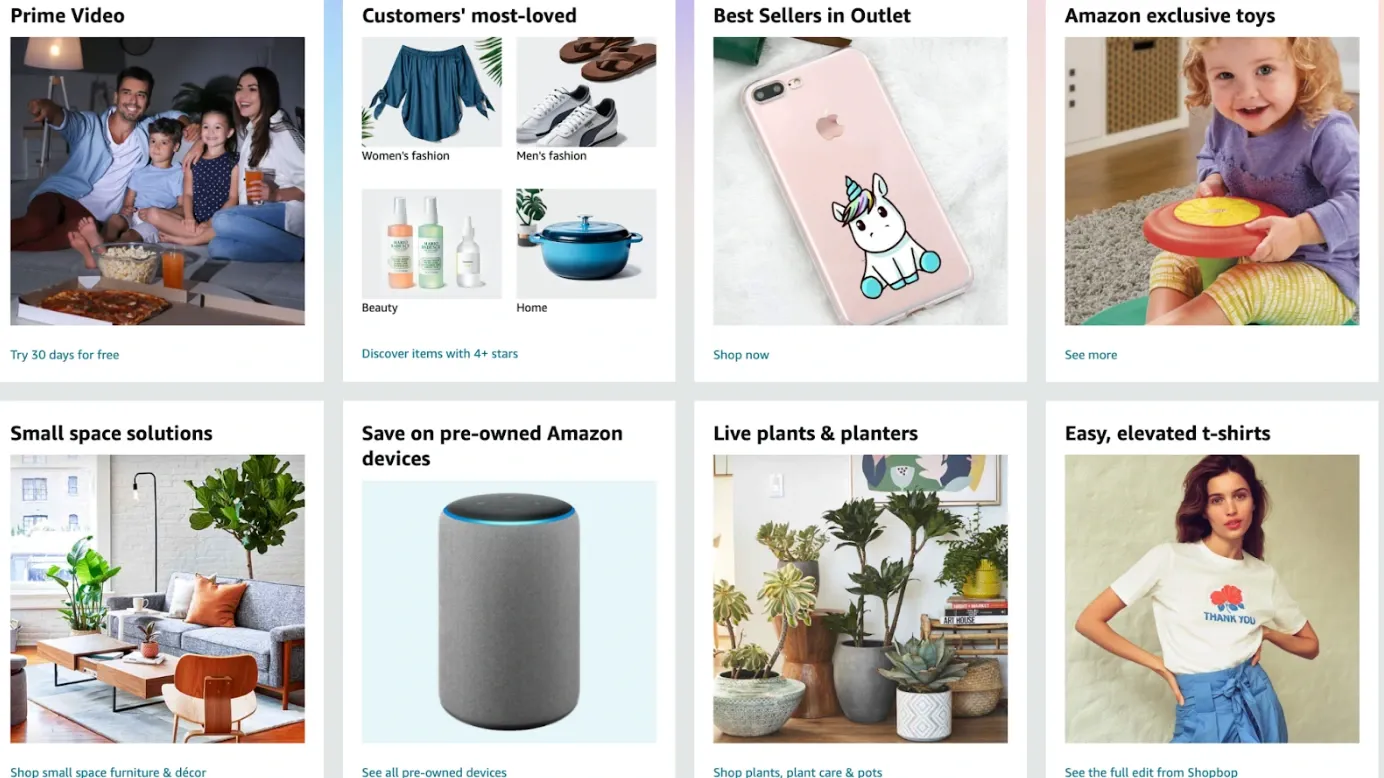
They also send personalized email recommendations. For instance, if a customer frequently buys books on a specific topic, Amazon will send them recommendations for similar books. This approach not only boosts sales but also enhances customer satisfaction and loyalty.
2. Loyalty rewards programs
Implementing a loyalty rewards program is an effective way to incentivize repeat business and create a sense of belonging among customers.
These programs typically offer points or discounts based on the customer's purchase history, encouraging them to return for future purchases.
Starbucks' "Starbucks Rewards" program is a prime example. Customers earn stars for each purchase, which can be redeemed for free drinks or food items. Starbucks also offers personalized rewards based on individual purchasing habits.
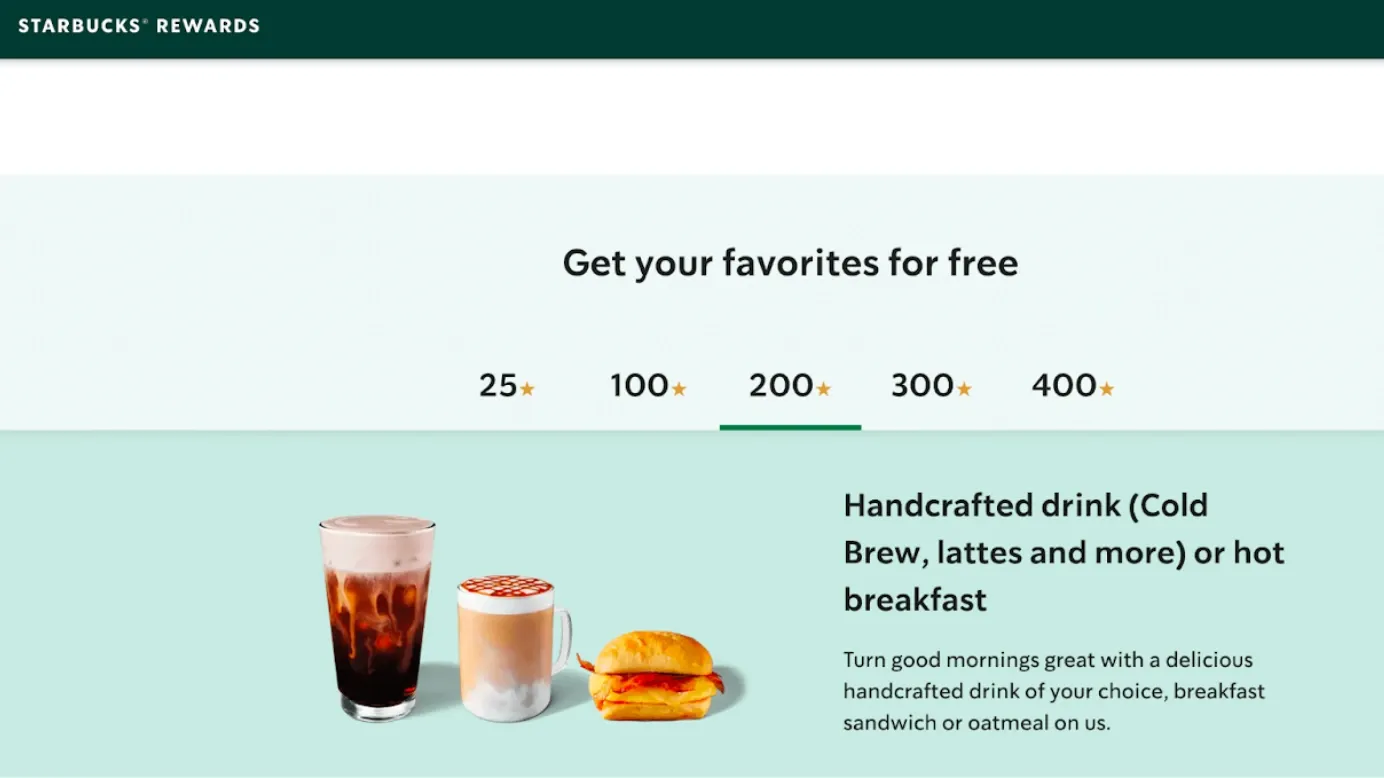
This program not only encourages frequent visits but also collects valuable data for personalized marketing. Starbucks has successfully increased customer retention and sales through this loyalty program.
3. Tiered rewards programs with exclusive benefits
Enhance your rewards program by introducing tiers that offer increasing levels of benefits based on a customer's loyalty and spending. This motivates customers to achieve higher tiers and enjoy exclusive perks, creating a sense of achievement and belonging.
Airbnb, a platform for booking accommodations, has a tiered rewards program called "Superhost." Hosts who consistently provide excellent experiences to guests can achieve Superhost status.

Superhosts receive exclusive benefits such as higher search ranking, priority customer support, and invitations to exclusive events.
By gamifying the hosting experience and offering tangible rewards, Airbnb encourages hosts to excel in hospitality, which ultimately benefits both hosts and guests.
4. Augmented reality (AR) shopping experiences
Augmented reality enhances the shopping experience by overlaying digital elements on the physical world.
Customers can use AR apps or devices to visualize products in their own space before making a purchase, providing an engaging and informative shopping experience.
IKEA has incorporated AR into its retail strategy with the IKEA Place app. This app allows customers to virtually place IKEA furniture and decor items in their homes using their smartphone cameras.
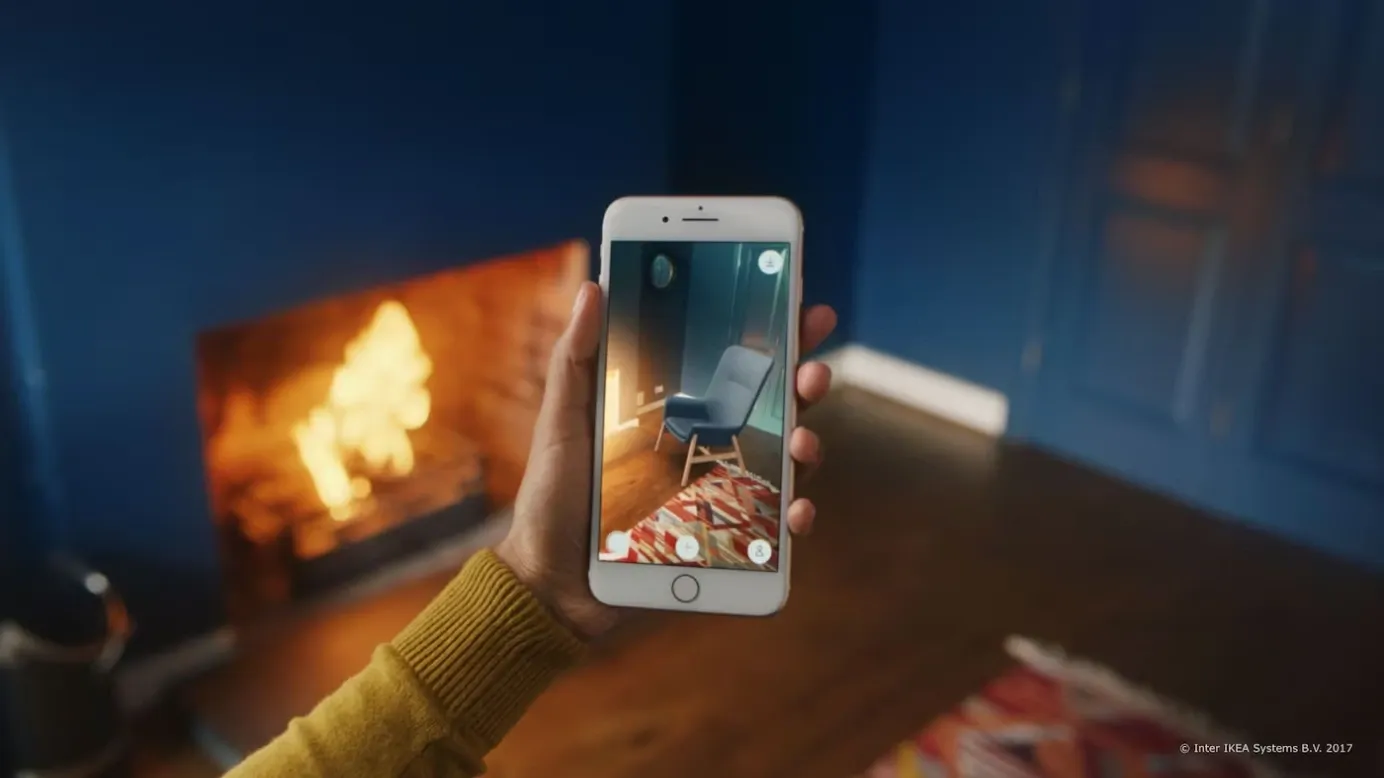
It helps customers visualize how products will fit in their space and make more informed purchase decisions. This interactive AR experience not only engages customers but also reduces the uncertainty associated with buying furniture online. It has been instrumental in IKEA's e-commerce growth and customer engagement.
5. Interactive in-store experiences
Creating interactive in-store experiences involves going beyond traditional shopping by incorporating engaging activities or technologies within the physical retail space.
This approach encourages customers to spend more time in the store, increasing the chances of making a purchase.
Apple is a pioneer in providing interactive in-store experiences. They have "Today at Apple" sessions in their retail stores where customers can attend workshops and events related to Apple products and creativity.
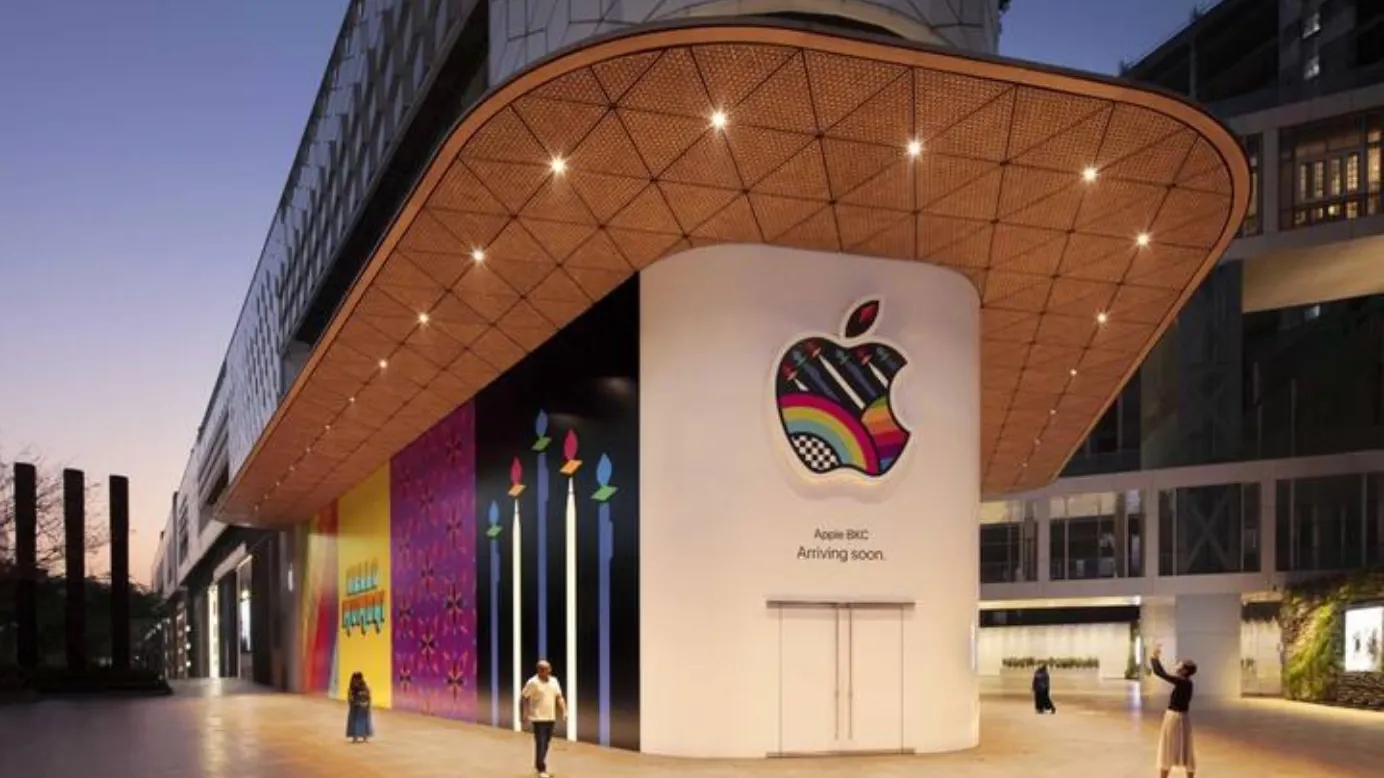
Customers can learn about photography, music production, coding, and more. These sessions not only attract potential buyers but also provide value and education, enhancing the overall shopping experience. Apple's approach demonstrates how interactive experiences can drive foot traffic and boost brand loyalty.
6. User-generated content campaigns (UGC)
Encourage customers to create and share their own content related to your products or brand. UGC campaigns tap into the power of social proof, as potential customers often trust recommendations and content created by their peers more than traditional marketing materials.
GoPro, a company that manufactures action cameras, has excelled in UGC campaigns. They encourage their customers, many of whom are outdoor enthusiasts and adventurers, to share their GoPro-captured videos and photos on social media with the hashtag #GoPro.
GoPro then features the best UGC on their website and social channels, often giving credit to the creators.
This approach not only engages their customer community but also showcases the versatility and quality of their products in real-life scenarios, driving sales and brand loyalty.
7. Gamified shopping experiences with rewards
Gamification adds an element of fun and competition to the shopping experience. By integrating game mechanics like points, badges, and rewards into the shopping journey, you can engage customers and motivate them to explore your products and make purchases.
Nike's NikePlus loyalty program incorporates gamification. Members of the program earn "NikeFuel" points for physical activities and purchases. These points can be redeemed for rewards such as exclusive products, early access to sales, or even personalized training plans.

Nike's gamified approach not only motivates customers to stay active but also keeps them engaged with the brand, resulting in increased sales and brand loyalty.
8. Virtual try-on experiences
Virtual try-on experiences leverage augmented reality (AR) or virtual reality (VR) technologies to allow customers to virtually try on products before making a purchase. This is particularly effective in the fashion and beauty industries, where fit and style are crucial.
Sephora, a global cosmetics and beauty retailer, offers a virtual try-on feature through its mobile app. Customers can use their smartphone camera to try on different makeup products virtually, seeing how they would look on their own face in real-time.
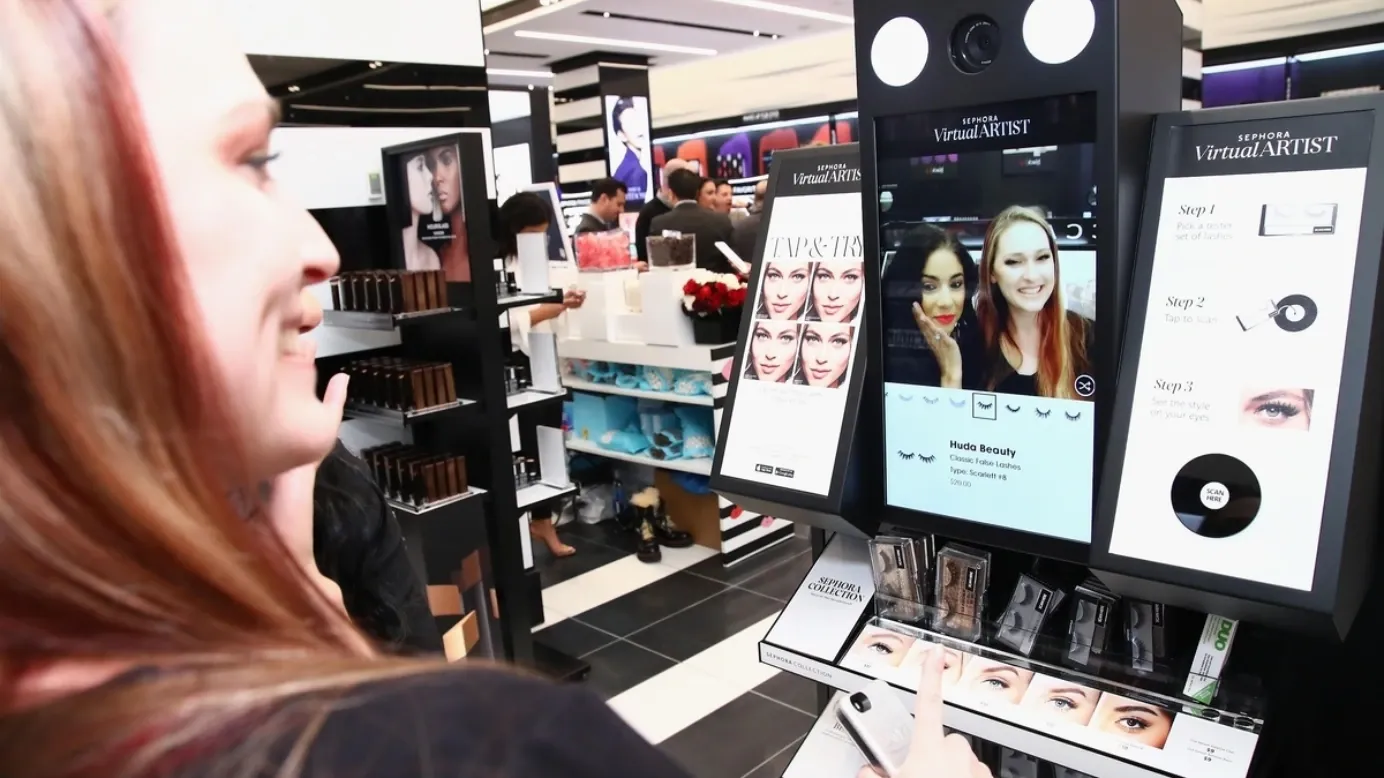
Sephora's Virtual Artist tool not only engages customers by offering an interactive and personalized experience but also helps customers make more confident purchasing decisions.
9. Community building and events
Create a sense of community around your brand by hosting events and activities that bring customers together. These events can be both in-person and online, fostering a sense of belonging and connection among your customer base.
Lululemon, a popular activewear brand, organizes in-store yoga and fitness classes for their customers. These classes not only promote a healthy lifestyle but also create a community of like-minded individuals who are passionate about fitness and wellness.

During the COVID-19 pandemic, Lululemon shifted to virtual classes, allowing customers to participate from home. These events not only engage customers but also strengthen the brand's image as a lifestyle and fitness partner.
10. Instant gratification with buy online, pick up in-store (BOPIS)
Offer customers the convenience of shopping online and picking up their purchases in-store, providing them with the instant gratification of getting their items immediately. This approach combines the best of both online and offline shopping experiences.
Best Buy, a consumer electronics retailer, has implemented a successful BOPIS program. Customers can browse and purchase products online, and within an hour, they can pick up their orders from a nearby Best Buy store.
This not only caters to customers who want their products quickly but also brings foot traffic to physical stores, potentially leading to additional in-store purchases. BOPIS has become even more important during the pandemic, as it offers a safer and more convenient shopping option for many consumers.
11. Interactive product displays
Create interactive product displays in physical retail spaces that allow customers to engage with products in unique and memorable ways. These displays can include touchscreens, augmented reality (AR), or virtual reality (VR) elements.
LEGO, a well-known toy company, has introduced interactive displays in some of its stores. For example, they have "Build a Mini-Figure" stations where customers can create their own custom LEGO figures. Shoppers can also use AR apps in-store to see virtual animations and details related to LEGO sets.

These interactive displays not only entertain customers but also provide them with a hands-on experience, making the visit to the store more enjoyable and encouraging sales.
12. Sustainability initiatives
Incorporate sustainability and environmental responsibility into your retail operations.
Customers are increasingly concerned about sustainability, and by aligning your brand with eco-friendly practices, you can engage environmentally conscious consumers.
Patagonia, an outdoor apparel and gear company, has long been a leader in sustainability. They launched the "Worn Wear" program, which encourages customers to buy and sell used Patagonia clothing through their website and physical stores.

Patagonia also donates a percentage of their sales to environmental causes. By showcasing their commitment to sustainability and giving customers opportunities to participate in their efforts, Patagonia not only engages customers but also builds a loyal community of environmentally conscious shoppers.
Conclusion
Engaging customers in retail is the lifeblood of your business. By prioritizing their needs, delivering exceptional experiences, and staying adaptable in a constantly changing landscape, you'll build loyalty and success.
Remember, it's not just about selling products; it's about building lasting relationships. Keep your customers at the center of your strategy, and your retail business will flourish.


